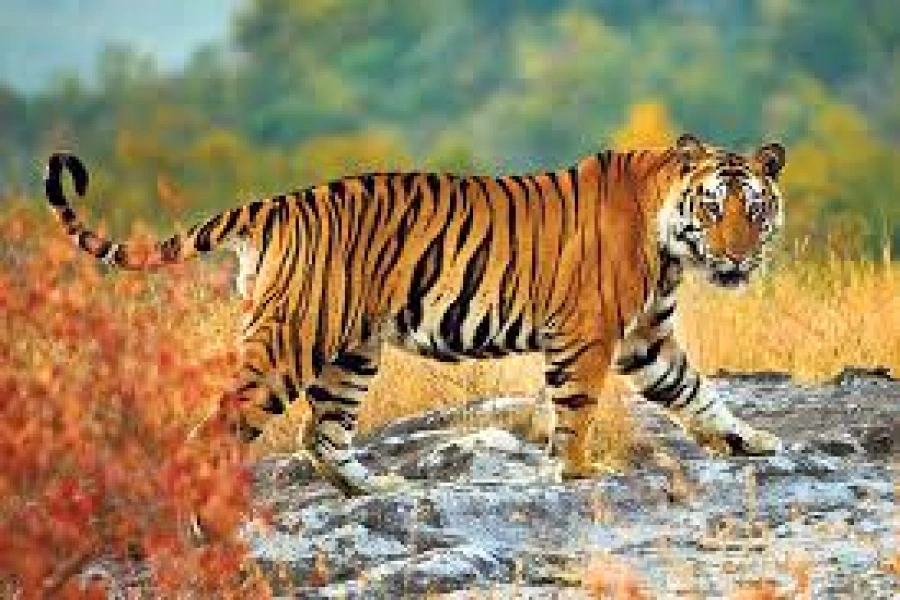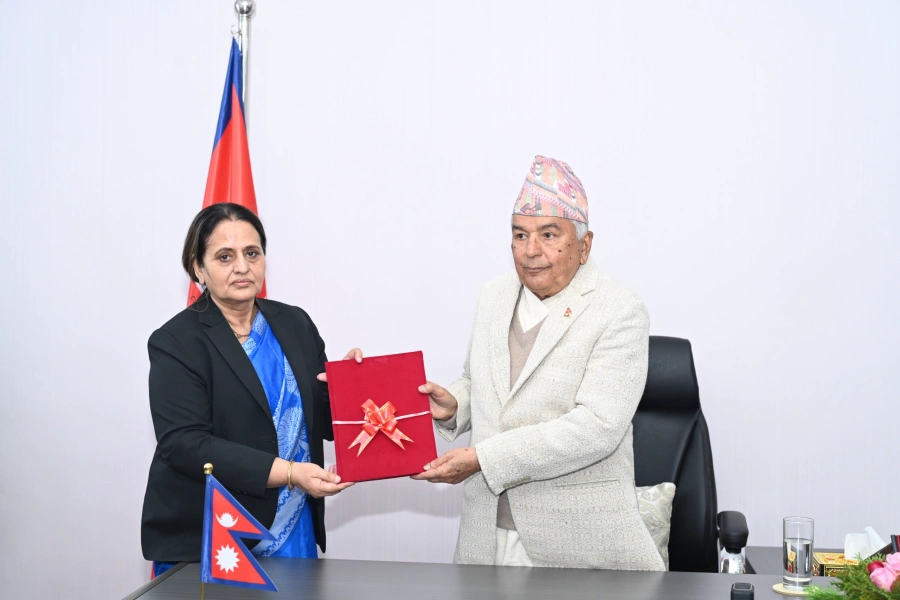KATHMANDU, May 19: The World Wildlife Fund (WWF) is marking its 30 years working in conservation in Nepal today. WWF came to Nepal in 1993 and has been actively engaged in forest and water conservation, climate and energy, good governance, among other sectors since then.
WWF Nepal Country Representative, Dr Ghana Shayam Gurung said that works on forest, environment and wildlife conservation based on people's participation that have been implemented in Nepal have become exemplary in the world.
Works on forest and wildlife conservation were being carried out through the national parks at the time WWF came to Nepal. It was only after that that the topic of protected areas could be managed through communities with their participation started receiving priority.
Giving the example of the Kanchanjangha Conservation Area based on community participation, Dr Gurung said this conservation area is well-managed by the people with the involvement of the local community after the management was handed over the people at the initiatives of WWF and the leadership of the government.
Lack of conservation area for rare tea plant

"The government handed over the management of Kanchanjangha Conservation Area to the people in 2006. The management of conservation work that has been handed to the people like this in the area bordering India and China has proved to be a milestone in this sector," Gurung said exuberantly.
Presently the local mother's groups are carrying out conservation works as well as benefiting from the income-generation activities in the Kanchanjangha Conservation Area. Home stay and nature-based wildlife tourism activities have been flourishing at present through the public participatory conservation works. The wildlife-based tourism in Bardiya is famous throughout the world.
The WWF has carried out rural electrification in several areas as well as contributed to the locals and the government to benefitted through use of biogas that it has been promoting. Similarly, Upper Mustang has become a major tourist destination thanks to the Annapurna Conservation Area which is again based on public participation.
According to Gurung, the WWF Nepal in collaboration with the government of Nepal has helped make a plan and implement it in relation to the conceptual framework of land arc programmes in various geographical areas within the country, and up to outside for the conservation of big wild animals like tigers and rhinos that walk long distances inside the park.
There were difficulties in the conservation of tigers and rhinos around three decades ago, and their number was around 100, he said.
The number of Royal Bengal tigers in Nepal has reached 355, and rhinos 752.
The number of snow leopards has increased due to conservation efforts by Nepal, he said. Human-wildlife conflict is a challenge. "The Fund in collaboration with the government of Nepal and respective sectors has been providing awareness programmes, managing compensations and encouraging people to engage in income generation from tourism. We are at work to conserve water and control river pollution. We are also working on the Ramsar area. We have launched a cleanup campaign in the Narayani river with participation of all stakeholders," he said.
RSS




































